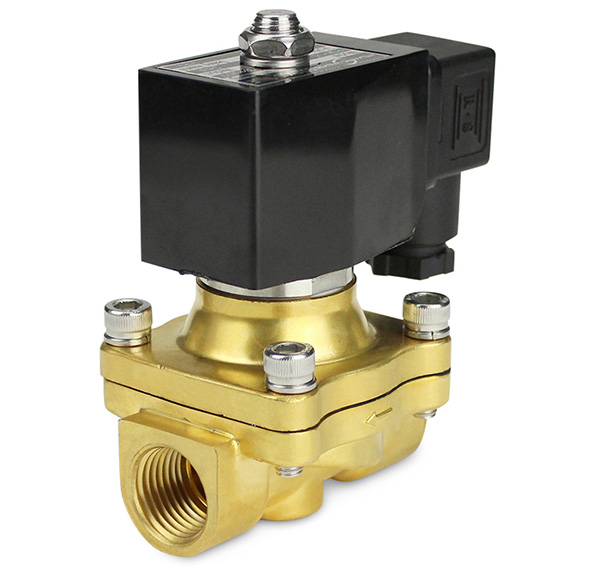Copyright © 2023 Guangdong Tongwei Machinery Co., Ltd. All Rights Reserved.
Links | Sitemap | RSS | XML | Privacy PolicyReasons And Solutions for Low Pressure Alarm of Industrial Chiller System.
2023-11-27
A low pressure alarm for industrial chiller system is common problem after long operation, because of mechanical wear or other reasons, the copper pipe or other parts are damaged, the refrigerant leaks, and a low-pressure alarm is generated. This condition will be displayed directly on the low pressure gauge. Refrigerant needs to be replenished only after there are no leaks.
What are the causes of low-pressure alarms in industrial chiller system? How can we accurately and quickly solve the low-pressure alarm?Please read this article :
1.Refrigerant leakage in the chiller refrigeration system
First of all ,you can check the low pressure gauge ,if the low pressure is too low , then it may be leakage;
Solution: First, test various locations of the chiller system to detect whether there are signs of oil leakage, and use detergent to concentrate on the location of the oil leakage or using the dish-washing liquid to mix with water ,and poured on the spray bottle to spray the exposed copper pipe, condenser copper pipe, capillary pipe, evaporator copper pipe in the water tank and the point off add the refrigerant . Check to see if there is bubble symptoms, bubble area is the leakage.;If the copper coil is leakage ,put out all the gas ,then welding and repair the leakage .Use nitrogen to hold the pressure for at least 2 hours. If time permits, hold the pressure for one night and see whether it is still leaks or not on the next day.If there is not leakage ,then put out all the gas ,and use vacuum pump to take vacuum, it takes about one hour .After that ,you can fill in the refrigerant;

2.The faulty of low-voltage protector in the chiller system
We use instruments to test the industrial chiller system. If the pressure is normal, use a multimeter to measure the low-pressure protector circuit, or short-circuit the low-pressure protector and turn on the compressor. If the system is normal, it means the low-pressure protector is faulty
Solution:Use the same specification and model low voltage protector to replace the broken one .

3.Filter dryer dirty plug or copper pipe oil plug in chiller system
The copper pipe joints need to be burned, and some copper slag cannot be completely cleaned by blowing. The slag in the refrigeration system will be collected in the filter dryer. During the operation of the chiller system, a temperature difference will occur at both ends of the filter.If the filter is clogged due to a dirty system, it will only cause a slight decrease in the chiller‘s cooling capacity, and you won‘t even feel the impact. When the "filter" is slightly blocked, there will be a temperature difference between the inlet and outlet of the "filter", which can be felt by holding the inlet and outlet with your hands. In severe cases, the filter can become dewy or frosty. If there is dew or frost on the filter (when the machine is running, dew is not considered when it is stopped), it can be judged that the filter is clogged.
Solution: If the filter is dirty, The general solution is to Use the same specification and model fliter dryer to replace it.

4.The solenoid valve of the industrial chiller system is not open
During the operation of the industrial chiller, the sound of the solenoid valve opening can be heard; if the solenoid valve is not opened, the low pressure will gradually decrease until the low pressure alarm occurs; after the alarm is reset on the chiller control panel, the low pressure will not rise again. At this time, the solenoid valve When measuring the valve coil, a resistance value indicates normal, and an infinity value indicates the coil has been burned.
Solution: Replace the solenoid valve coil with the same specification model.

5.Expansion valve opening is too small or damaged
The expansion valve is used to regulate the flow of refrigerant in the system. If the opening is too small, it will restrict the passage of refrigerant vapor. Insufficient refrigerant vapor will cause the compressor inlet pressure to decrease, leading to low-pressure failure.
Solution: Increasing the opening of the expansion valve or Replace the expansion valve with the same specification model.

If your chiller is with low pressure alarm ,you can check your chiller according these tips one by one .




